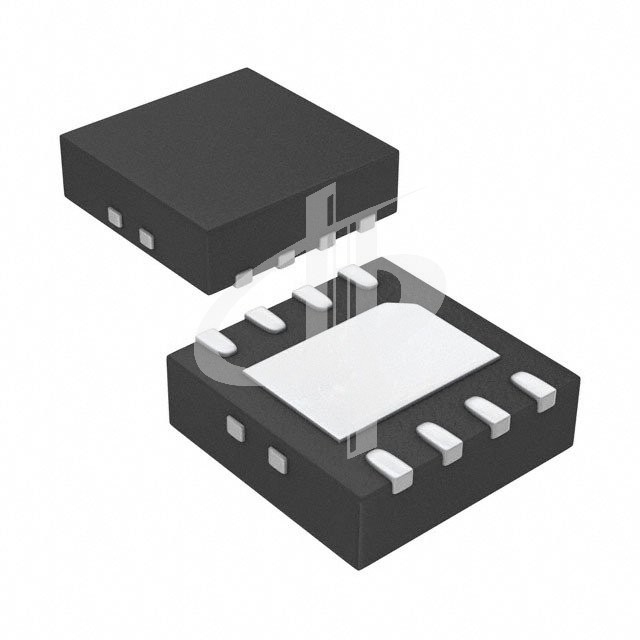TJA1051TK/3/1J Detailed Introduction:
Overview:
The TJA1051TK/3/1J is a high-speed CAN transceiver commonly used in automotive and industrial applications for Controller Area Network (CAN) communication.
Parameters:
- Data Rate: Specifies the speed at which data is transmitted.
- Operating Voltage Range: The acceptable range of input voltages.
- Operating Temperature: Temperature range within which the device functions.
- Package Type: The physical packaging of the component.
- Current Consumption: The current drawn during normal operation.
-
DataSheet TJA1051TK/3/1J PDF
Main Uses:
- CAN Communication: Facilitates communication in automotive and industrial systems.
- Networked Systems: Enables data exchange between nodes in a network.
- Safety-Critical Systems: Used in systems requiring reliable communication.
Features:
- High-Speed Communication: Supports fast data transmission rates.
- Fault Tolerance: Built-in features for error detection and correction.
- Voltage Compatibility: Works with common automotive voltage levels.
- EMC Robustness: Designed to withstand electromagnetic interference.
- Low Power Consumption: Efficient operation to conserve energy.
Application Fields:
- Automotive: Used in vehicles for onboard communication systems.
- Industrial Automation: Enables communication in machinery and control systems.
- Aerospace: Utilized in aircraft for avionics and control systems.
Working Principle:
- Transceiver Function: Converts digital signals to a form suitable for transmission across the CAN bus.
- Bus Arbitration: Manages communication conflicts by following the CAN protocol.
- Error Handling: Detects and reports errors to ensure data integrity.
- Noise Immunity: Filters out external noise to maintain signal integrity.
Alternative Models:
- TJA1050: Commonly used CAN transceiver with similar functionalities.
- TJA1055: Enhanced features and capabilities compared to the TJA1050.
The TJA1051TK/3/1J plays a crucial role in CAN communication networks, offering high-speed data transfer, reliability, and compatibility with various applications in automotive, industrial, and aerospace sectors. Refer to the datasheet or manufacturer specifications for detailed technical information and performance characteristics.




